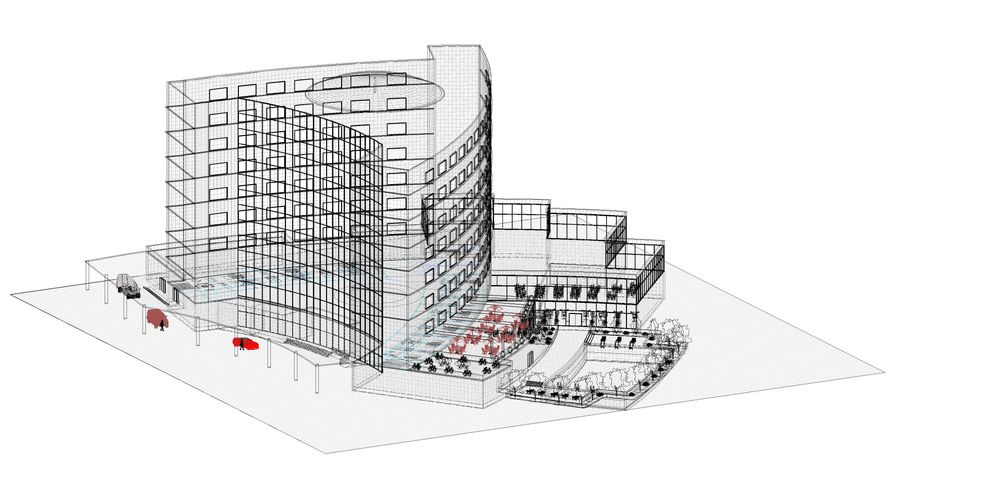Optimized structural BIM designs reduced risk, increased precision, constructability & enhanced project delivery
At TopBIM Company, we offer a comprehensive range of Building Information Modeling (BIM) structural services to architects, engineers, contractors, and building owners. Our team of experienced professionals is equipped with the latest BIM tools and software to deliver high-quality, accurate, and efficient BIM structural services to our clients.
We adhere to a number of structural engineering standards, including those set forth by the American Concrete Institute, the Research Council on Structural Connections, and the Code of Standard Practice for Structural Steel, and the American Institute of Steel Construction.
Structural BIM Services are the design and detailing of a building’s structural components using BIM to speed up scheduling, budgeting (5D BIM), construction, and building operations.
Helps professionals to design, detail, document, and fabricate
A measurement of materials and labor needed to complete a project.
It define the parts needed during their construction, fabrication & assembly
To check clash detection between the various disciplines
The parameter of actual equipment & imperative geometrical components
Standard and customized library creation
It reflects every detail of a real-world structure
Detailed drawings used in the construction of concrete structures
It provides sequential data related to the steps of the construction procedure
It helps visualize and examine the characteristics of the building, before the construction process begins and enables the owners to identify mistakes and request improvements.

It includes structural drafting and detailing along with 3D modeling
Structural engineers can efficiently design, visualize, analyze, simulate, and document projects through Building Information Modeling.
This stage involves the exploration of structural design concepts and initial modeling of a building’s structural elements using BIM software.
The structural BIM model is further developed with more detailed structural elements and coordinated with architectural and MEP services.
In this stage, the accurate material details, dimensions, and connections of structural elements are added, along with a detailed structural analysis.
This involves the creation of accurate structural shop drawings and a BIM model for the fabrication and installation of structural elements.
BIM structural engineering services improve coordination between revit structural models and models from many disciplines, making it easier to spot and address conflicts between and within disciplines.
Our experienced Structural BIM modelers automatically test alternative structural solutions at preconstruction through BIM bidirectional interface between platform and analysis tool. Information is preserved by iterative data process.
Choose BIM for Structural Engineers
Collaborative revit BIM structural modeling and analysis enabled effective team work, and get better design using data-driven business model. Addressing coordination concerns during design-build phase increased accuracy, decreasing error.
Using BIM, coordination time is cut down & structural engineers concentrate on fixing issues
3D visualization, giving structural insights, making it easier to solve problems at preconstruction
By sharing model relationships, technical specialists share knowledge, increasing team’s skills
Wider range of materials, consuming less time and resources

The designer can quickly and automatically test alternative structural solutions (during more initial project phases). Thanks to the BIM bidirectional interface between a platform and a structural analysis tool. The information defined in software is respected and preserved by iterative data process.
The successful integration of structural design and manufacturing by BIM enables more effective information sharing amongst detailers, fabricators, and contractors. This speeds up the process of creating concrete and steel structures and helps coordination.
The dynamic nature of the construction program is better coordinated by simulating construction, including temporary works. Building information modeling (BIM) is primarily used to streamline project delivery and the handover into operations.
Civil and structural engineers must collaborate with structural services that are all included in a single architectural plan in order to finish building construction. Amongst the design, engineering, and construction teams, BIM promotes seamless collaboration and communication.